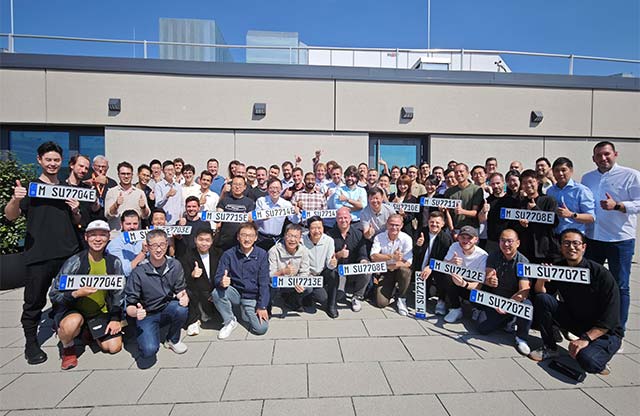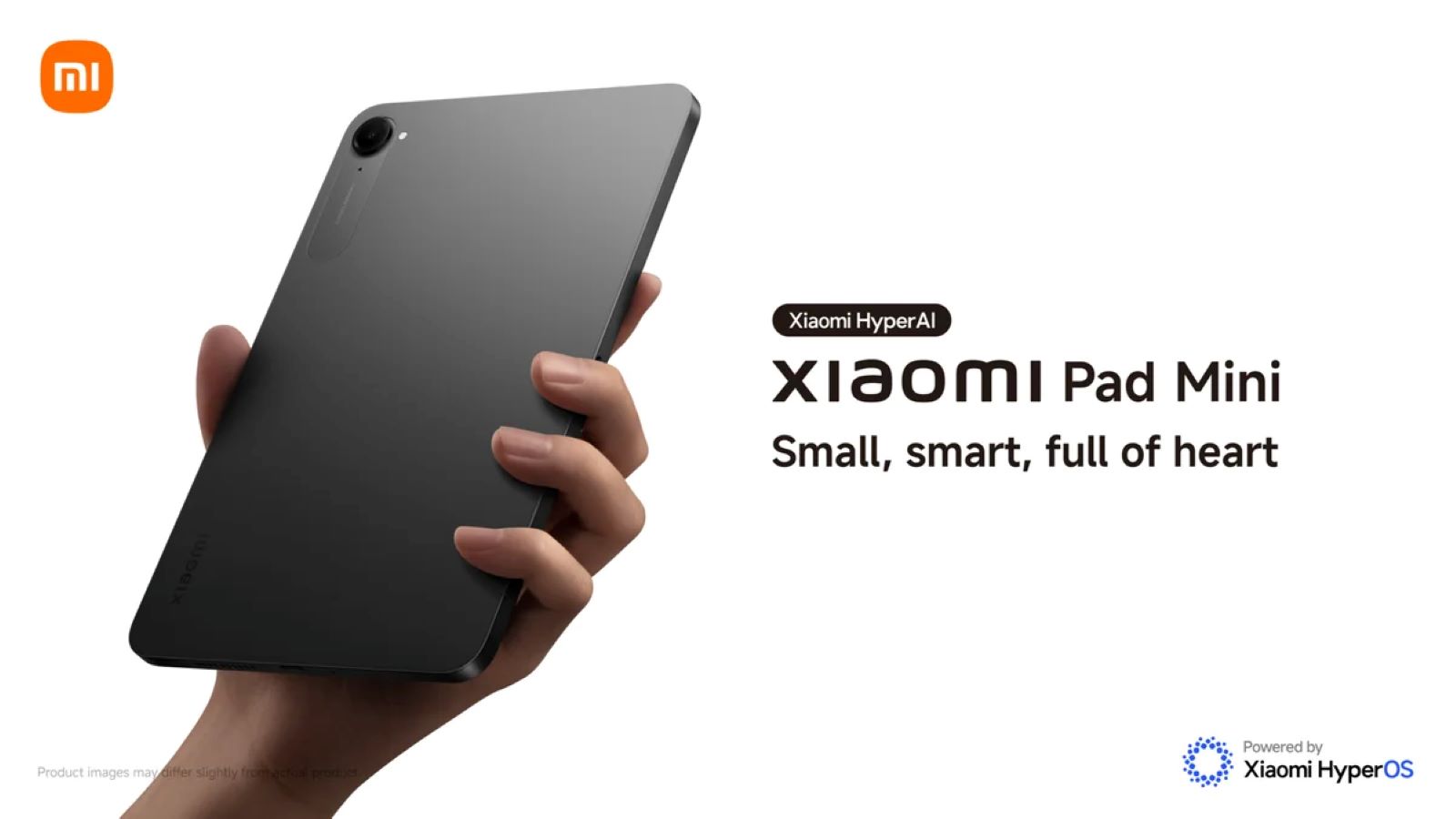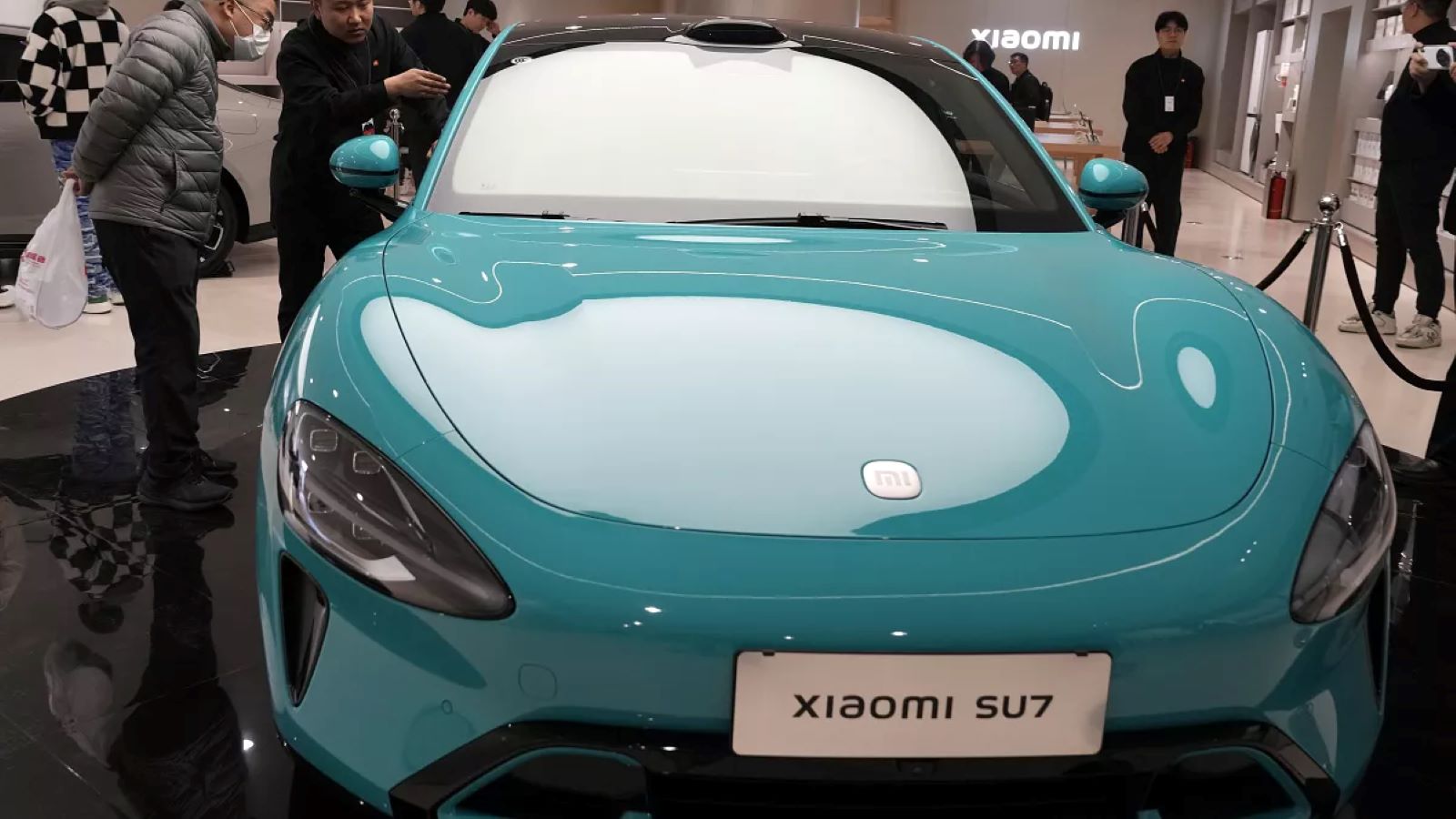Xiaomi is officially preparing to launch its next operating system, HyperOS 3, at an event in China on August 28. What stands out is the timing. It comes earlier than the company’s usual update cycle, which makes this announcement feel more deliberate than just another routine upgrade. It suggests Xiaomi is putting stronger focus on its software this year.
HyperOS 3 is built on the Android 16 base and is expected to bring noticeable improvements over the current version. The launch event will take place at 15:00 CST, which is 12:30 PM IST.
Key Takeaways
- Xiaomi will announce HyperOS 3 on August 28 at a dedicated event in China.
- The OS is based on Android 16.
- Main improvements include better performance, faster responsiveness, and a smoother interface.
- A beta testing program has already started in China for select flagship devices.
- Early beta devices include Xiaomi 15 Ultra, Xiaomi 15 Pro, Redmi K80 Pro, and others.
Xiaomi Group Partner and President Lu Weibing said the main goal of HyperOS 3 is to make the system feel “smooth, responsive, and natural.” He also emphasized that Xiaomi wants to keep the experience simple and intuitive. The fact that the release is coming ahead of schedule shows that the company feels confident in the stability of this version and wants to put it into users’ hands sooner.
The most noticeable changes are expected to be in the way the system feels. Users should see smoother animations, more natural transitions, and improved resource management that makes the overall performance steadier. On top of that, HyperOS 3 will include new AI features, such as smarter camera tools and real-time text analysis.
For many people, HyperOS 2 did not feel like a major leap compared to the original HyperOS. That has been a point of discussion on forums and platforms like Reddit, where users have often asked for a more meaningful update. HyperOS 3 appears to be Xiaomi’s response to that feedback, offering both visible improvements and practical new tools.
The beta rollout in China has already begun. The Xiaomi 15 series, including the 15 Ultra and 15 Pro, are the first to receive it, alongside the Redmi K80 Pro and Redmi K80 Ultimate Edition. Tablets such as the Xiaomi Pad 7S Pro 12.5 and Xiaomi Pad 7 Pro are also included. Xiaomi is using a two-wave strategy, beginning with top-end devices before expanding to more models in the broader rollout.
Holding a dedicated launch event for an operating system is also a statement in itself. Xiaomi is well known for its hardware range, from phones and tablets to TVs and smart home products. HyperOS is designed to connect all these devices together under what the company calls the “Human x Car x Home” ecosystem. HyperOS 3 is expected to improve this interconnected experience even further.
For now, there is no official timeline for the global rollout or the list of eligible devices outside China. However, based on previous launches, Xiaomi usually follows up its China debut with a phased global release. Newer flagship models are typically first in line to receive updates.
In the bigger picture, Xiaomi’s decision to spotlight software in this way shows it wants its operating system to be seen as a strength on par with its hardware. HyperOS 3 could be a key step toward building more trust among users while making its devices stand out in an increasingly competitive market.
Related FAQs
Q1. What is Xiaomi’s HyperOS?
A1. HyperOS is the operating system made by Xiaomi. It is designed to work across a range of devices, including smartphones, tablets, smartwatches, and smart home products.
Q2. When will HyperOS 3 be available in India?
A2. The official global rollout schedule for HyperOS 3, including India, has not been announced. The update will first be released in China. Indian users can expect the update to follow in the months after the initial China release.
Q3. Which devices will get the HyperOS 3 update?
A3. An official list of devices has not been released yet. The beta program in China has started for new flagship phones like the Xiaomi 15 series and the Redmi K80 series. The update will likely be available for most recent Xiaomi, Redmi, and POCO phones.
Q4. What is the difference between HyperOS and MIUI?
A4. HyperOS replaced MIUI as Xiaomi’s main operating system. While it keeps some of MIUI’s design elements, HyperOS is a new system built to provide a more connected experience across all of Xiaomi’s smart devices.
Q5. Will HyperOS 3 improve phone battery life?
A5. Xiaomi has mentioned that HyperOS 3 will have better performance and improved resource management, which can lead to better battery life. The system is designed to be more efficient.











Add Comment